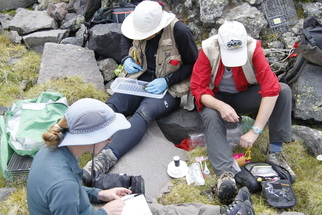 This blog post is coming rather late, which is better than never. During the second week of August April and I were camping at Emerald lake, in the Hyalite range. The turquois blue lake teams with fish, while the surrounding 270 degrees of talus fields hold dozens of pikas. Over twenty years ago Dr. Chris Ray of Colorado University at Boulder choose it as her study site for her pika research due to the relatively undisturbed nature, abundance of pikas and ease of access in the area. This summer I had the opportunity to join April and Dr. Ray as they continued there ongoing field work above Emerald Lake. During that second week in August, April and I assisted Dr. Ray in her intensive trapping and data collection. Dr. Ray resides outside of Boulder, CO. but has been traveling to the Bozeman area for over two decades, to finish her PhD, and now to collect information for a long-term comparative study. Shortly after camp was set up we headed to the talus fields. On that first Monday evening we meticulously scanned a section of the talus field for both previously tagged (marked by color coordinated ear tags) and untagged pikas. Spotting tagged pikas we were able to start taking data on winter survival rates. Locating an untagged pika and its hay pile gave us a start for the next days work, trapping. Tuesday morning we set out to the same talus fields that had been surveyed the day before in order to set our twenty-four traps. In order to coax a pika into the have-a-heart style traps they must be carefully camouflaged, baited with wildflowers, forbs and shrubs. It is also important to protect the trapped pika from predators such as weasels, and dangers like the mid afternoon sun. Setting the traps is a time consuming practice that takes just over half the day with the second half of the day being spent checking the traps for trapped pika. Our traps did not catch any pikas that first afternoon, but Chris decided she would continue her work, after dinner, in the rain. Around 8pm, with rain and lighting battering the wide valley, we received a call from an excited and weary Chris. She had finally trapped a pika and was looking for help in handling it. Myself and another field assistant met Chris and the pika she had trapped under a stand of trees, out of the worst of the weather. Despite the poor conditions Chris cut no corners. She walked me through the meticulous process of first anesthetizing the pika, then collecting data. Once the pika has been anesthetized it is tagged and sexed. If the anesthesia allows blood and other samples are taken, before it is released back into the same location from which it came. The next four days were spent trapping and tagging pikas, an exciting process, yet not as dramatic as that first night in the rain. During the rest of the week we were able to trap eight pikas from both sides of the canyon. Next year Chris and April will be back to check on pika survival and hopefully trap more pikas for the long-term study. 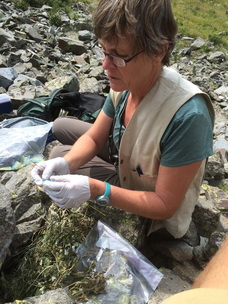 Thus far much of our summer has been spent on the slippery talus of the Bridger Mountain range in hopes of finding sign of pika. The countless data entry points taken quickly become tedious, making this week’s trip to the Crazy Mountain range a welcome relief. For the past five years April has been making the two hour drive to the Crazies in order to monitor an active pika population. The mid-elevation alpine location which she regularly monitors has multiple pikas actively haying during the summer season. The density of the pika population area makes it a good area in which to collect genetics information. In order to collect DNA from a certain pika, April must collect fresh scat samples. Scat samples can be found in hay piles or from latrine sites. Pikas create hay piles from grasses, forbs, shrubs and trees in order to stash food that they eat throughout the coming winter. When collecting scat it is important to disturb the haypile as little as possible in order to ensure that the pika will return, while being careful not to contaminate the sample. Once a sample is taken it is sent to a lab in Reno Nevada for analysis. This week we were able to collect scat samples from four separate hay piles from one area in the Crazies. The data collected this week will be added to the years of genetic data that April has compiled thus far. She has taken data in the Crazies as well as other ranges in Montana. In analyzing the results that are returned from the lab she hopes to discover what genetic similarities and variations pikas have from across the state. This week will be spent continuing an extensive survey in near Emerald Lake in the Hyalite National Forest, and Max' last! 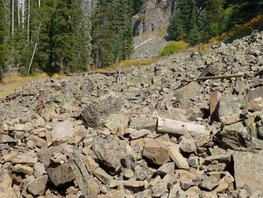 Recently April and I drove through the winding roads of Hyalite Canyon, past the reservoir to the Hyalite Peak trailhead. Our goal that day was not to climb the lofty peak, which looms over Bozeman, MT, but rather to check in on the pika populations that are present along the popular hiking trail. The area which we surveyed included only the first mile and a half of trail, which is extremely popular as it easily accesses the beautiful Grotto falls. We were happy to find that some populations persisted through the winter, especially pleased as the area sees heavy traffic from ice climbers and backcountry skiers, causing compaction in the snow. Further up the trail and within 100 yards of Grotto falls the case was not the same. Historically April has observed numerous pika in the squat talus field that borders the last few steps of the Grotto Falls trail. Yet on our most recent visit, a bustling Thursday afternoon she was not able to find any signs of active pika populations. April has been visiting the site annually for the last few years, during which time she has observed a decline in pika inhabitance. We speculated on what was causing this decline. Many factors could account for the decline, one possibility is the increased human presence within pika habitat. It has become increasingly popular for hikers to build rock art on the talus field, the practice, while appealing may have taken a toll on pikas living so near to the falls. Although pikas do have a high tolerance for human contact, with hay piles being found within ten feet of roadsides, and claims that pika have been found in backyard rock walls, it does seem as though there is a threshold for what pikas can withstand. While we cannot be sure that the Grotto Falls pika population declined due to human impacts, we do urge you to be aware of the fragile ecosystems that surround you while enjoying the great outdoors. Since June 1st April has been hard at work taking a breeding bird survey of the Highland Glen Nature Preserve. In the preserve rolling grassy fields filled with wildflowers give way to swaying willows and tall shrubs as the field slopes into a lush riparian area. This plentiful habitat offers spectacular habitat for numerous species of some of Montana’s most beautiful birds. Although the preserve offers an important habitat and is appreciated by many recreationalists there are plans for the lands surrounding Highland Glen to be developed. April has taken her survey by visiting eight designated field sites twice a week for the past month. At these sites she monitors for bird calls and sightings, as well as identifying the plant species that support the bird populations in the area. By taking this meticulous survey April has been able to set a baseline on the species and population numbers present in the area before development begins. The areas abundant species and thriving populations make many hope that the Highland Glen area can be preserved. For many the Glen has offered more than just a healthy habitat for bird species, but as an extremely accessible natural area. For some this area is used to recreate while for others it is to learn. April brought her summer intern to the site multiple times over the past weeks. In the preserve she was able to teach him about the basics of birding and plant identification. Due to the accessibility of the area it could act as introduction to the natural world for many budding ecologists. The amazing value of this thriving habitat has April and the Craighead Institute hoping that it can be preserved for future generations! We hope you can take time to take a visit! Yellow Warbler Lazuli Bunting Bullocks Oriole Sandhill Crane
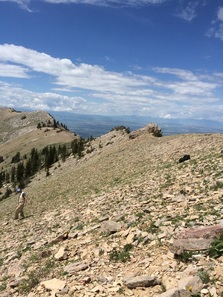 Yesterday April Craighead at the Craighead Institute and her summer intern Max Lewis headed into the Bridger mountain range in southwestern Montana to begin a study on possible pika populations in the talus slopes that fall away from the popular Bridger Ridge Trail. In the past April has spent time studying pika populations in the Gallatin and Crazy mountain ranges in Montana. She is now focusing on the Bridger Mountain range, where there is no historical evidence of pikas but many anecdotal sightings. Over the course of the summer April will be moving throughout the range in hopes of collecting data in over thirty potential pika habitats. The locations that she will survey have been found based on both anecdotal evidence and terrain information provided through GIS maps of the area. By surveying potential pika habitats April hopes to verify the species presence in the range. Identification of pikas in the Bridger’s could both confirm anecdotal evidence as well as to allow for monitoring of population persistence as it faces increasing temperatures due to climate change. Unfortunately during yesterday’s ten hour hike to Mount Baldy and the surrounding talus fields we were not able to identify any historical or recent evidence of pika presence. Although pikas were not found we did record data on a variety of sites on east side of the range, while the west side was inaccessible due a dangerous slope angles. Tomorrow we will head back out into the field to survey more potential habitats along the east side of the Bridger’s, let us know if you spot any activity while in the Bridger Mountain range! 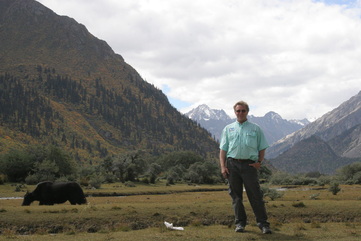 Lance Craighead has been invited to take part in the Darhad-Yellowstone Exchange Program visit to Darhad Province in Mongolia. He will accompany Cliff Montagne and other BioRegions International staff who are working with local communities in the region to develop Holistic Management practices. This will be more of a scoping exercise for Lance to visit the region firsthand and see what conservation planning activities might be worthwhile, both in Darhad and Khenteii provinces. Staff from Nomadic Journeys will also take part. Lance will leave Bozeman on April 10 and return April 26. Lance hopes to discuss possible projects with Harry Reynolds, director of the Gobi Bear Fund, as well as with staff of the Nature Conservancy Mongolia, Wildlife Conservation Society, and World Wildlife Fund. Harry will be in Ulan Bator at the same time as we are. This blog space will be updated with details as the journey proceeds..... |
Archives
May 2016
Categories |
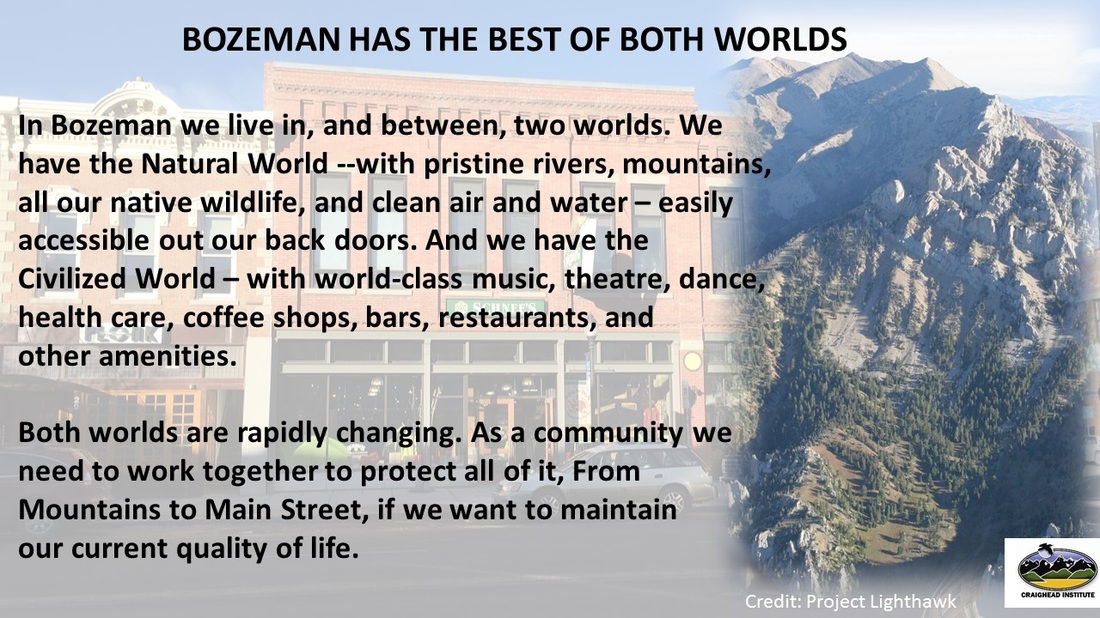
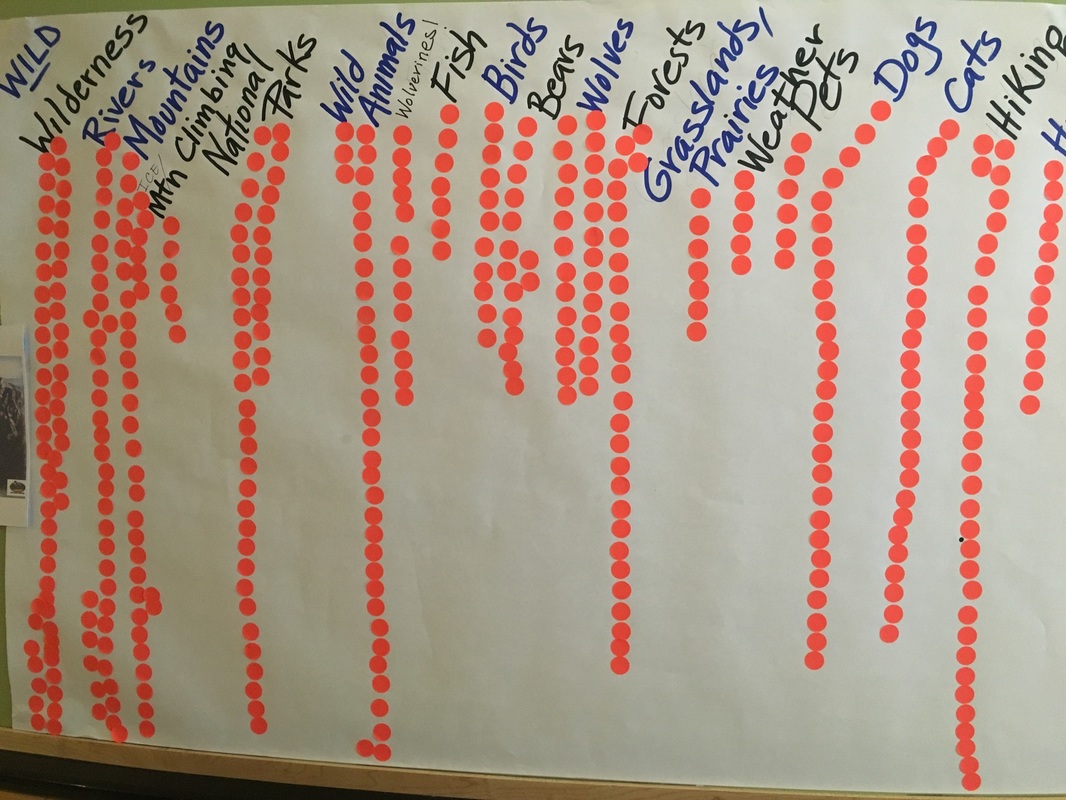

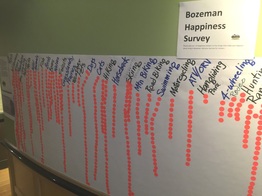


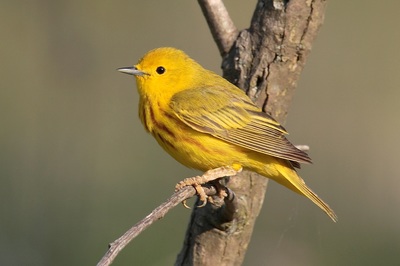
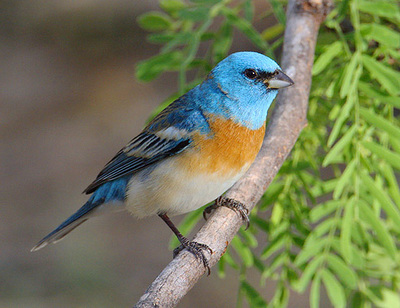
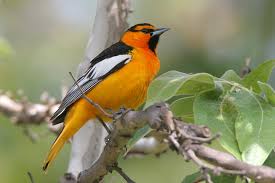
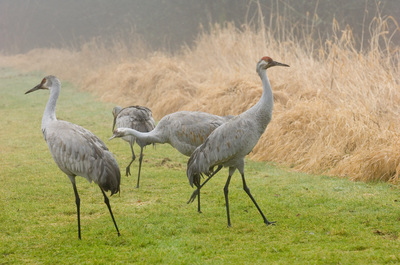
 RSS Feed
RSS Feed
